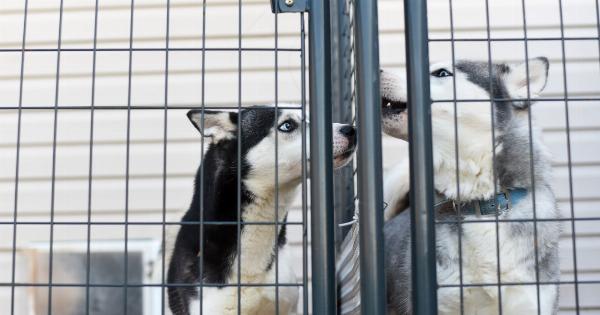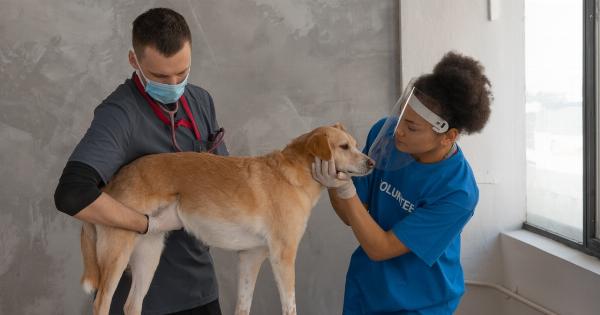The welfare of animals has become an increasingly important topic, and as a result, there have been significant changes to animal welfare laws in recent years. These changes aim to provide better protection and care for animals, including pets.
In this article, we will explore some of the key changes to animal welfare laws and their effects on pets.
The Five Freedoms
One of the fundamental principles underlying animal welfare laws is the concept of the “Five Freedoms.” These freedoms outline the basic requirements for animal welfare and include freedom from hunger and thirst, freedom from discomfort, freedom from pain, injury, or disease, freedom to express normal behavior, and freedom from fear and distress.
Improved Standards of Housing
Pets are now entitled to improved standards of housing. This means that owners must provide suitable accommodation that meets the specific needs of each animal.
For example, dogs must have access to a secure and comfortable living space, while birds must have adequate space to fly and stretch their wings.
Prohibition of Cruel Training Methods
Another significant change to animal welfare laws is the prohibition of cruel training methods. This particularly affects pets that are trained for certain purposes like dogfighting or other forms of entertainment.
The use of devices such as shock collars or physical punishment is now strictly regulated or even banned in many regions.
Mandatory Microchipping
In an effort to improve pet identification and reduce the number of lost or abandoned pets, many countries have introduced mandatory microchipping.
This involves implanting a small microchip under the pet’s skin, which contains essential information about the owner. If a pet is found, this microchip can be scanned to reunite them with their owners.
Stricter Penalties for Animal Cruelty
One of the most significant changes to animal welfare laws is the introduction of stricter penalties for animal cruelty. This is aimed at deterring individuals from engaging in acts of animal abuse or neglect.
Offenders may face fines, imprisonment, or even a lifetime ban on owning pets depending on the severity of the crime.
Improved Standards in Breeding
There has also been a focus on ensuring improved standards in the breeding of pets. This includes regulations on the breeding environment, the health and welfare of the parent animals, and the prevention of genetic disorders.
Breeders now have to meet specific requirements and obtain licenses to ensure that pets are bred responsibly.
Enhanced Veterinary Care
Animal welfare laws now emphasize the importance of providing adequate veterinary care for pets. This includes regular check-ups, vaccinations, and prompt treatment of any illnesses or injuries.
Owners are legally obliged to seek medical attention for their pets when necessary, thus ensuring their well-being.
Increased Awareness and Education
The changes to animal welfare laws have also led to increased awareness and education regarding the proper care of pets.
Animal welfare organizations and governmental agencies provide resources and information to help owners understand and meet their responsibilities. This includes guidance on nutrition, exercise, grooming, and socialization.
Longer Shelter Stays
In some cases, changes to animal welfare laws have led to longer shelter stays for abandoned or relinquished pets. This is particularly true in regions where animals are entitled to a certain period of time for adoption before they can be euthanized.
While this may seem like a negative effect, it has also increased the chances of finding new homes for these pets.
Improved Pet Adoption Processes
The adoption process for pets has been improved in many areas to ensure their welfare. Potential adopters are carefully screened to ensure they can provide a suitable home and meet the needs of the specific animal.
This helps to reduce the number of pets being adopted by individuals who may not have the necessary resources or commitment to properly care for them.
Conclusion
The changes to animal welfare laws have undoubtedly had a positive impact on pets. They have provided increased protection, improved living conditions, and stricter regulations for those responsible for their care.
These changes have raised awareness about the importance of proper pet care and have helped to ensure that our beloved companions are treated with compassion and respect.































